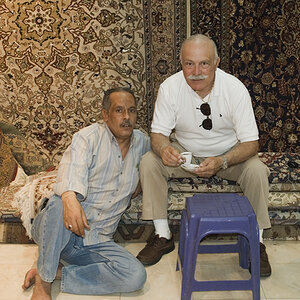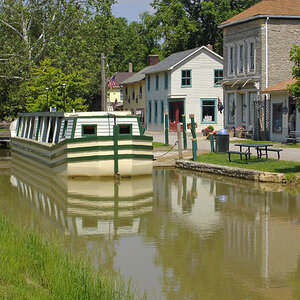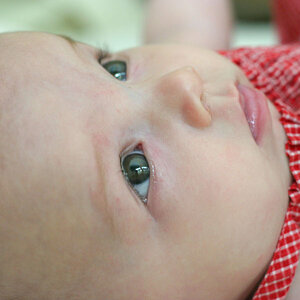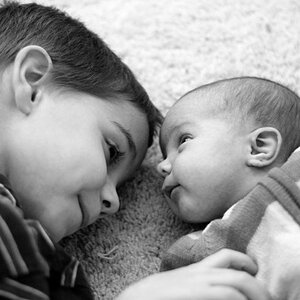dandaluzphotography
TPF Noob!
- Joined
- Nov 26, 2010
- Messages
- 670
- Reaction score
- 21
- Location
- NJ
- Can others edit my Photos
- Photos OK to edit
Hi Guys,
I just purchased a monolight kit that has modeling lights. I'm not sure if they all do, but this one does.
Anyway, my understanding of the use of this modeling light is to see what the brightness of the flash will be once the shutter is opened. This is used to set the proper exposure on the camera. I used it last night for the first time and didn't realize this until after I was done using it (if I'm correct).
My question is about the accuracy of the modeling light in determining the brightness of the flash. Is this something I can rely on to get the right exposure. Before I thought of this use of the modeling light, I found myself adjusting the brightness of the flash between shots to get a good exposure. If it matters, I am using flashpoint 320M lights.
Thanks,
Danny
I just purchased a monolight kit that has modeling lights. I'm not sure if they all do, but this one does.
Anyway, my understanding of the use of this modeling light is to see what the brightness of the flash will be once the shutter is opened. This is used to set the proper exposure on the camera. I used it last night for the first time and didn't realize this until after I was done using it (if I'm correct).
My question is about the accuracy of the modeling light in determining the brightness of the flash. Is this something I can rely on to get the right exposure. Before I thought of this use of the modeling light, I found myself adjusting the brightness of the flash between shots to get a good exposure. If it matters, I am using flashpoint 320M lights.
Thanks,
Danny


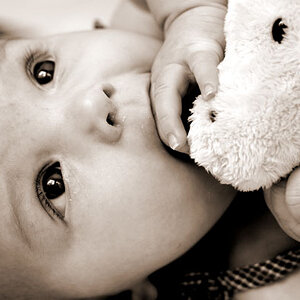
![[No title]](/data/xfmg/thumbnail/33/33361-f56184027ce743b2b7ba9d378a8bb426.jpg?1619735925)
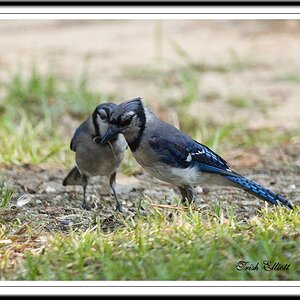

![[No title]](/data/xfmg/thumbnail/33/33360-ff0b69685c94740bde3f53b6d7aa9af1.jpg?1619735924)

